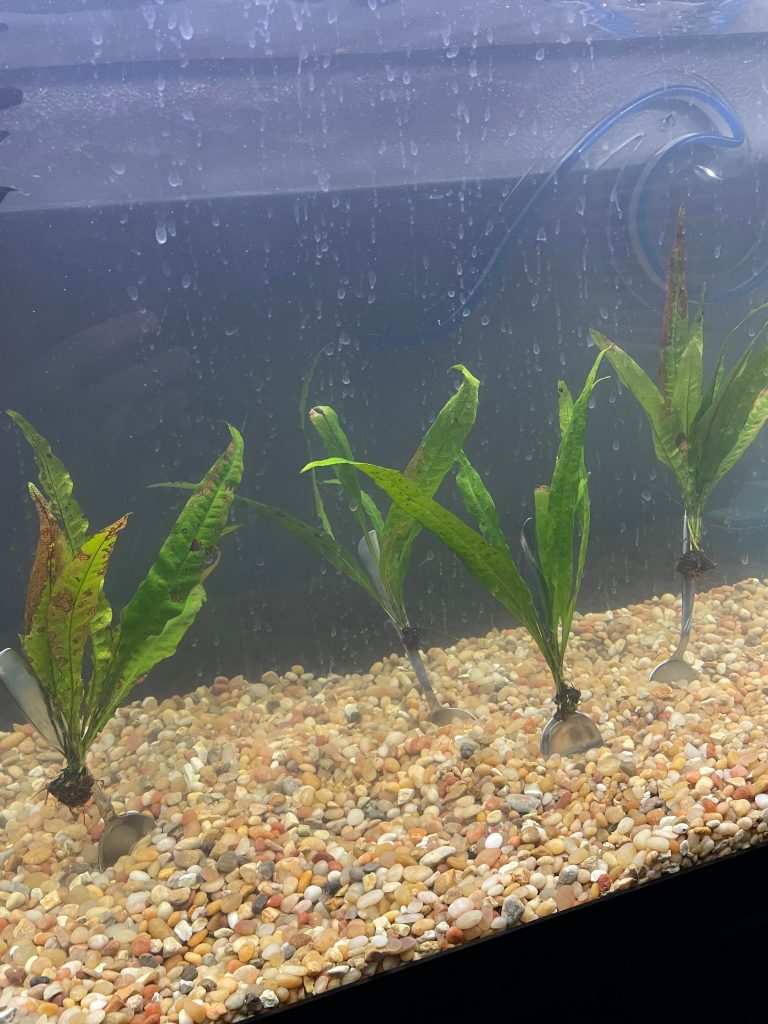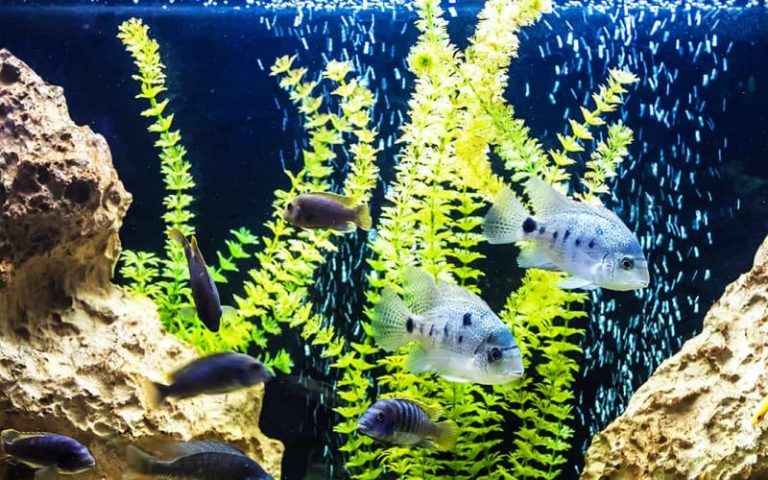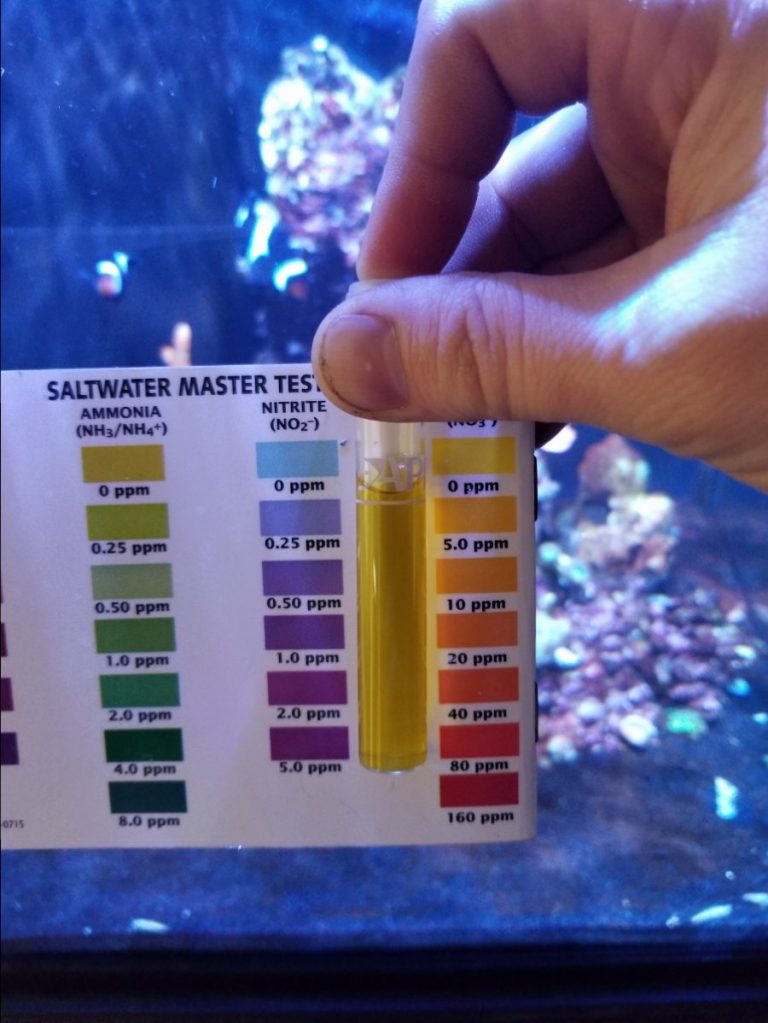Organic Soil For Aquarium
Organic Soil for Aquarium: Creating a Thriving Underwater Ecosystem
Are you an aquarium enthusiast looking to create a thriving underwater ecosystem? If so, organic soil can be a game-changer for your aquarium. By using organic soil, you can create a natural environment that promotes the health and well-being of your aquatic plants and animals. In this article, we will explore the benefits of using organic soil, how to set up your aquarium with organic soil, and provide answers to frequently asked questions about this topic.
The Benefits of Organic Soil for Aquarium
Using organic soil in your aquarium offers numerous benefits that contribute to the overall success of your underwater ecosystem. Here are some of the key advantages:
1. Nutrient-rich substrate:
Organic soil is packed with essential nutrients that aquatic plants need to thrive. These nutrients, such as nitrogen, phosphorus, and potassium, are vital for healthy plant growth and development. Unlike regular gravel or sand substrates, organic soil provides a continuous and steady supply of nutrients to the plants, resulting in lush, vibrant growth.

2. Enhanced plant growth:
The nutrient-rich nature of organic soil fosters accelerated growth in aquatic plants. With the right balance of nutrients, plants can develop stronger roots and produce more leaves, stems, and flowers. This not only enhances the aesthetic appeal of your aquarium but also creates a more natural and realistic underwater environment.
3. Improved water quality:
Organic soil acts as a natural filtration system in your aquarium. As plants absorb nutrients from the soil, they also consume excess nitrate, a common water pollutant. By reducing nitrate levels, organic soil helps maintain optimal water quality for your aquarium inhabitants, keeping them healthy and thriving.
4. Beneficial bacteria habitat:
Organic soil provides a conducive environment for beneficial bacteria to flourish. These bacteria play a vital role in the nitrogen cycle, converting toxic ammonia into less harmful substances, such as nitrite and nitrate. The presence of beneficial bacteria helps maintain a balanced and stable ecosystem within your aquarium.
Setting Up Your Aquarium with Organic Soil
Now that we understand the benefits of using organic soil, let’s dive into the process of setting up your aquarium. Follow these steps to ensure a successful setup:
1. Choose the right organic soil:
When selecting organic soil for your aquarium, it’s crucial to choose a brand that is specifically designed for aquatic use. Look for products labeled as “aquarium soil” or “planted tank soil.” These products are specifically formulated to provide the necessary nutrients for aquatic plants without releasing harmful substances into the water.
2. Clean the soil:
Before adding the organic soil to your aquarium, give it a thorough rinse to remove any debris, dust, or contaminants. Place the soil in a fine mesh sieve or use running water to gently wash away any impurities. This step helps prevent cloudiness in your aquarium water.
3. Prepare the tank:
Empty your aquarium of any existing substrate and thoroughly clean the tank. Remove any decorations, plants, or fish temporarily to make the setup process easier. This is also a good opportunity to check and repair any equipment like filters or heaters.
4. Layer the soil:
Add a layer of organic soil to the bottom of your aquarium. The thickness of the soil layer will depend on the specific brand and the size of your tank. As a general rule of thumb, aim for a depth of around 1-2 inches. Smooth out the soil surface to create an even layer.
5. Add a cap layer:
To prevent the soil from becoming stirred up and clouding the water, it’s essential to add a cap layer over the organic soil. You can use fine-grained aquarium sand, gravel, or specialized cap substrates for this purpose. The cap layer should be approximately 1 inch thick.
6. Plant your aquarium:
Now it’s time to add your aquatic plants. Carefully plant your chosen plants into the cap layer, ensuring their roots are buried securely in the soil below. Arrange the plants according to your desired layout, keeping in mind their growth requirements and compatibility.
7. Fill and cycle the aquarium:
Slowly fill the aquarium with dechlorinated water, being cautious not to disturb the substrate. Once the tank is filled, it’s essential to cycle the aquarium before adding any fish or invertebrates. This process allows beneficial bacteria to establish themselves and establish a stable nitrogen cycle.
Frequently Asked Questions
Q: Can I use regular garden soil in my aquarium?
A: No, using regular garden soil in your aquarium can be harmful to your aquatic plants and animals. Garden soil may contain chemicals, pesticides, and heavy metals that can leach into the water and harm your aquarium inhabitants. It’s crucial to use soil specifically formulated for aquarium use.
Q: How often should I replace the organic soil in my aquarium?
A: Ideally, organic soil should last for several years before needing replacement. However, this can vary depending on various factors, such as the type of plants, fish load, and maintenance routine. Regularly monitoring water parameters and observing plant growth can help determine when it’s time to replace the soil.
Q: Can I use organic soil in a saltwater aquarium?
A: Organic soil is primarily designed for freshwater aquariums and may not be suitable for use in saltwater aquariums. Saltwater ecosystems have different requirements, and using organic soil in a saltwater setup may lead to imbalances in the water chemistry and negatively impact the delicate marine life.
Final Thoughts
Incorporating organic soil into your aquarium setup can significantly enhance the health and vitality of your underwater ecosystem. The nutrient-rich substrate promotes robust plant growth, improves water quality, and provides a habitat for beneficial bacteria. By following the proper steps and using the right soil, you can create a stunning and thriving aquarium that mimics the natural beauty of aquatic habitats. Remember to choose a high-quality organic soil specifically designed for aquarium use and monitor the condition of your plants and water regularly for optimal results. Happy aquascaping!
Note: This article is for informational purposes only and should not be considered as professional advice.






